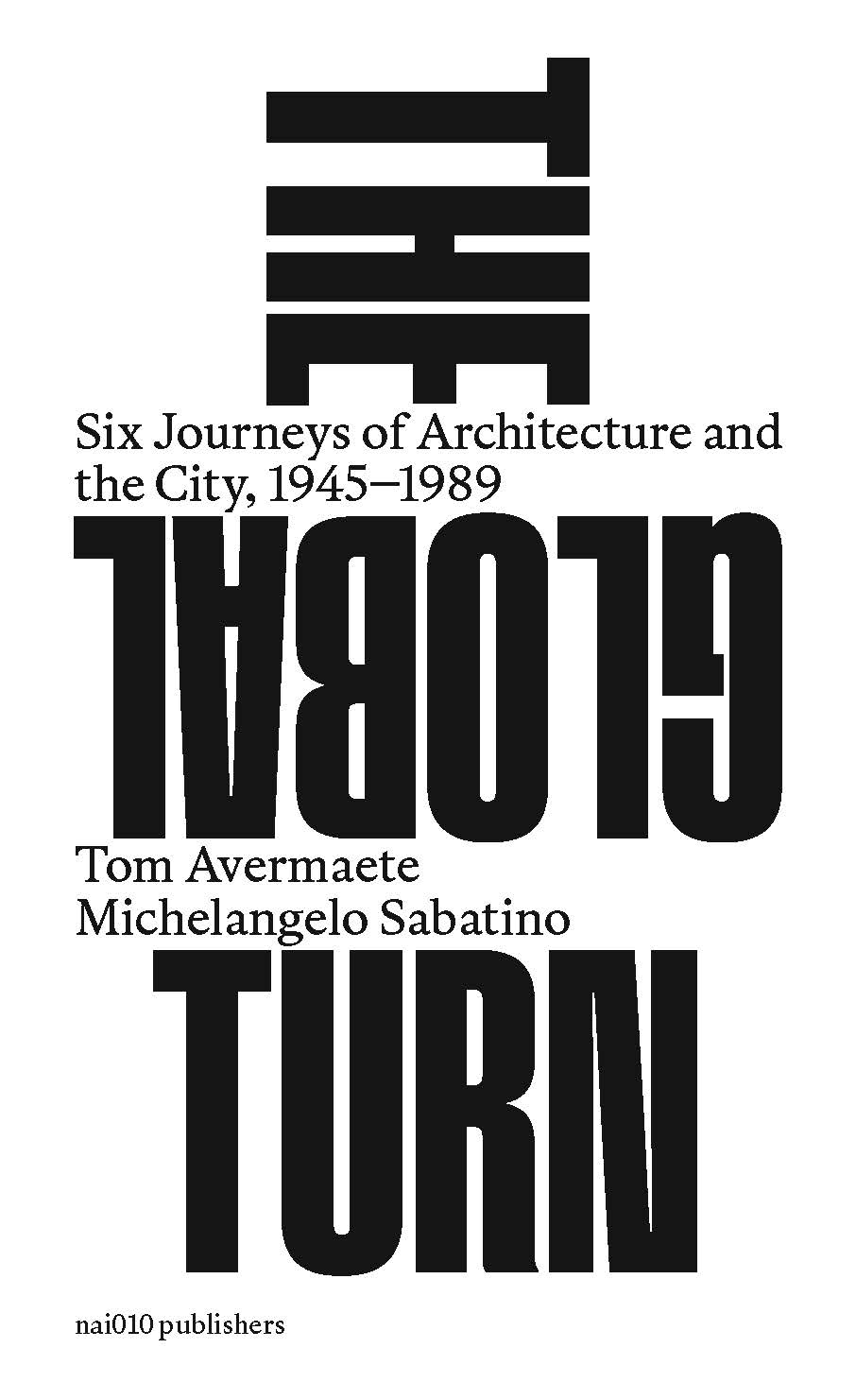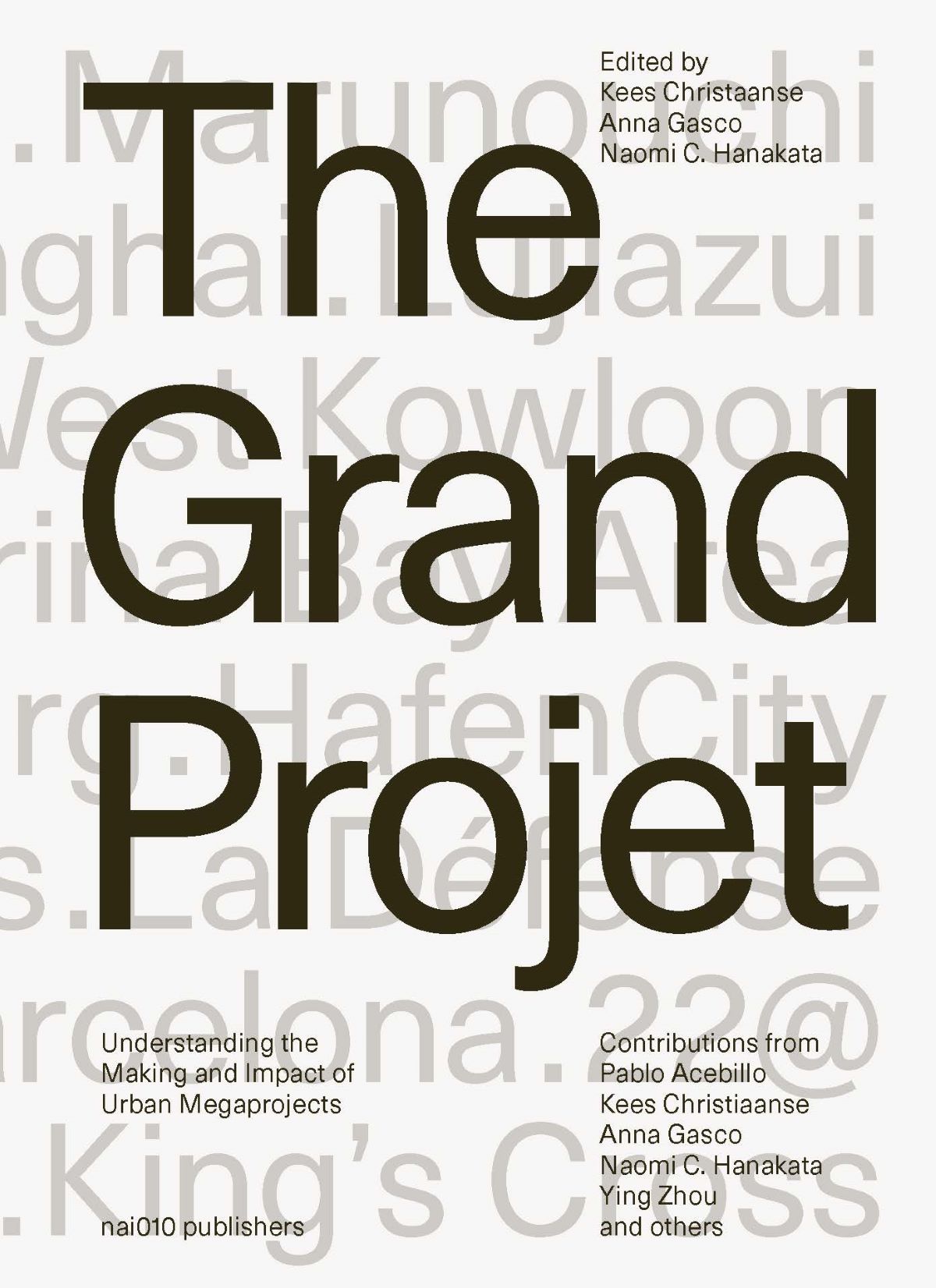The Global Turn
Six Journeys of Architecture and the City, 1945 – 1989
also available:
> Architecture and the city between the Second World War and the fall of the Berlin Wall in 1989
> Insightful short-story journeys into the complex phenomenon of globalization as it relates to modern architecture and the city
> Visit the website of the Global Architectural History Teaching Collaborative
How did the global turn simultaneously expand and shrink the world in which we live? To what extent did the circulation of people, commodities, and knowledge affect architecture and the city between World War Two and the fall of the Berlin Wall in 1989?
In The Global Turn, Tom Avermaete and Michelangelo Sabatino, educators and historians based in Zurich and Chicago, seek to find some answers by analzying a series of global sites, types, and issues, ranging from airports and hotels to construction materials and labour. In six journeys across spatial, political, and social geographies, they offer architects, urbanists, historians, students, and general readers interested in the built environment a fresh set of architectural viewpoints on a phenomenon that takes as much as it gives.
Globalization is a complex phenomenon that impacts design professionals across scales and geographies: architects, designers, engineers, landscape architects, and urbanists. The authors offer a unique historical perspective with which to better understand the recent origins of contemporary globalization.
Tom Avermaete, Michelangelo Sabatino
College of Architecture, Illinois Institute of Technology, Chicago; ETH–Eidgenössische Technische Hochschule Zürich
Global Architectural History Teaching Collaborative
Studio Joost Grootens
978-94-6208-583-1
January 2025
available
English
240 p
paperback





